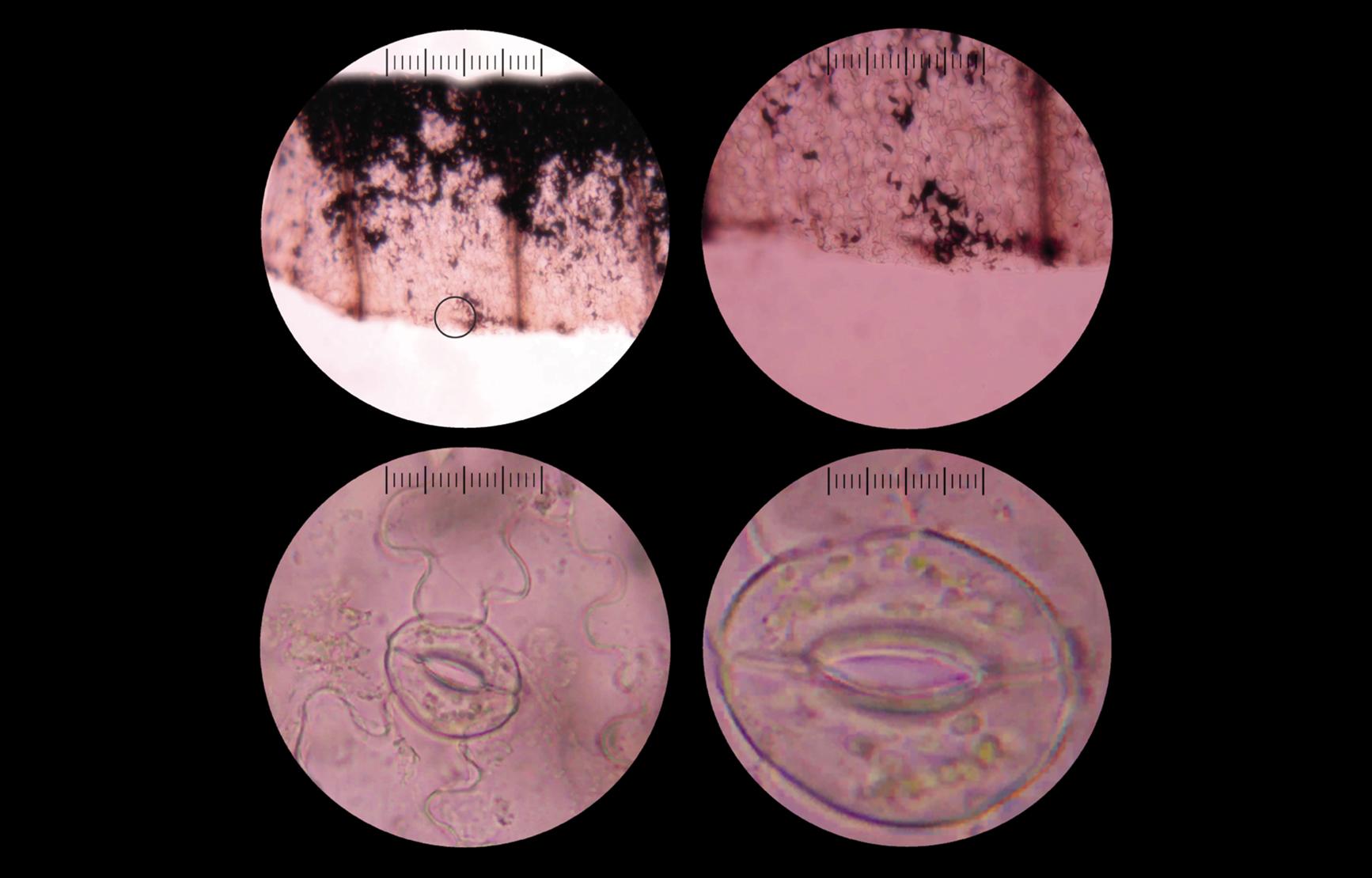Dear Friends,
Last year was like no other on Oregon State campuses and across the globe. Like countless other academic institutions, the College of Science faced sudden disruption from ordinary campus life.
As the coronavirus outbreak began to explode, the College scrambled to transform face-to-face courses and labs into remote teaching environments in near real-time. The urgent need to meet unprecedented challenges thrust our faculty, instructors, advisors and staff into heroes’ journeys – requiring many to enter unknown territory in order to educate students well and keep them safe.
In this issue of Impact, you will read about their incredible ingenuity, creativity and quick thinking as they brought to life fundamental scientific concepts in the absence of physical classrooms and labs. Many logged in countless hours to transform face-to-face courses and labs into remote environments, organize remote tutoring centers, manufacture and distribute COVID-19 safety supplies and equipment, communicate with students and colleagues, and shift advising to virtual home offices.
The demands on them have been great, and it is my sincere hope that they will emerge stronger and wiser than before they embarked on this strenuous journey. They should all take great pride in the deep commitment they have shown to our teaching and research mission.
It is clear that adaptations made during this difficult time will transform our educational model in lasting ways and leave our University and the College stronger in the end. We will be better equipped to provide access to more learners as an example — a goal OSU President King Alexander often emphasizes. We have gained broader experience with distance learning, and technology has and will continue to play a key role in providing the foundation for more flexible at-home and on-campus learning environments that enable us to drive strong learning outcomes.
I hope you will be inspired by reading about the lengths our College of Science heroes have gone to bring a high-quality virtual education to life for Science students. Many instructors have managed to do what they might never have imagined possible, and they have done it extraordinarily well.
Roy Haggerty
Dean, College of Science
